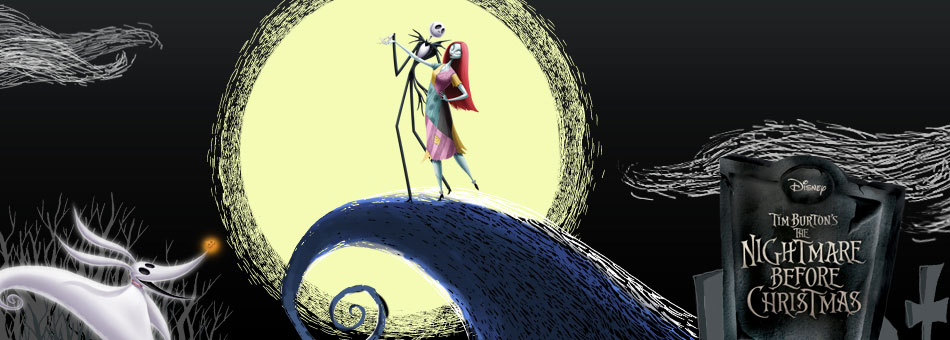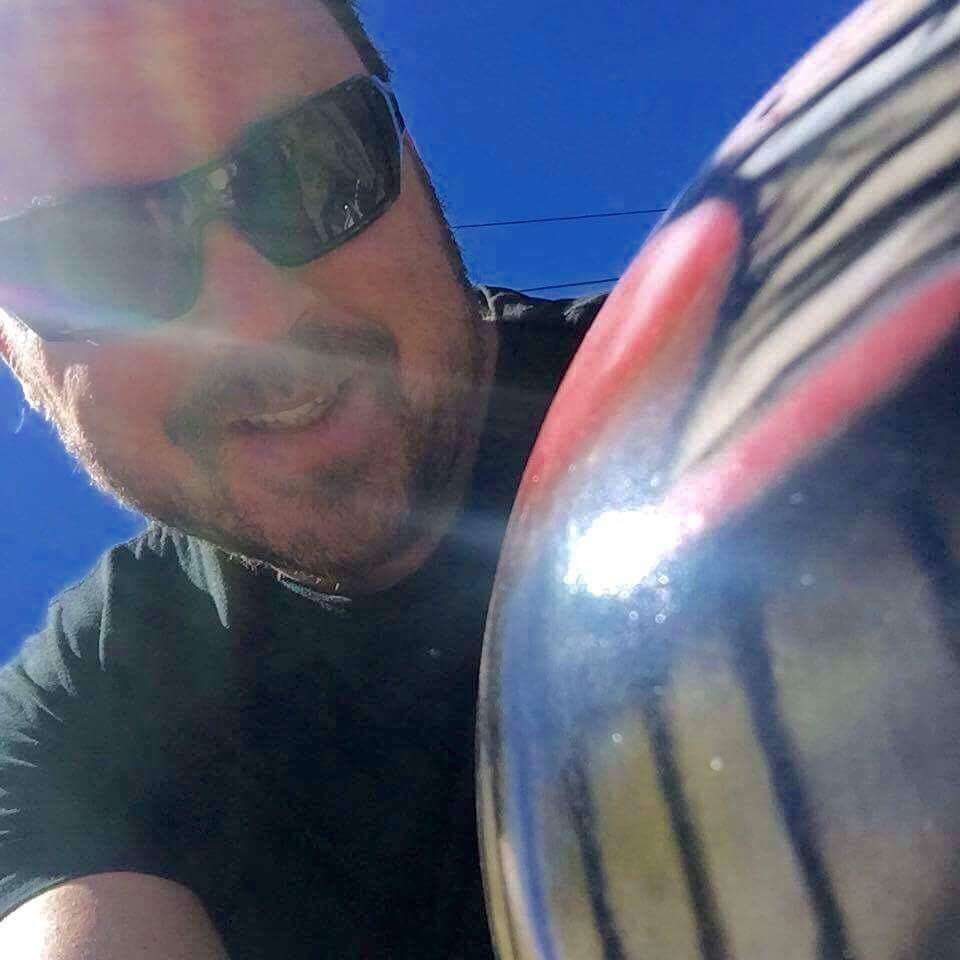
This weekend I found myself smiling as I was enlisted to work on a Halloween costume for my 12 year old son, because it seems, even in 2016, costumes are half store bought and half cannibalized from items in your mother’s bedroom closet.
I grew up as a child of the 70’s, in a lower middle class section of suburban Boston. For most of us, that meant we asked our Moms to drive us to Osco Drug Store or Woolworths to buy one of those hard, pre-molded masks in the shape of Casper the friendly ghost, Cornelius from Planet of the Apes, a Hobo or Bum (remember when that was considered a costume?) or a shape vaguely resembling Snoopy. There were only two reasons why these were considered mother-approved costume purchases; (1) These masks were really cheap – Mom would give you a five dollar bill and expect a bit of change back, and (2) there was no branded outfit worn on the rest of the body – which meant kids could wear the always-required, no-exceptions overcoats and mittens.
Late October in New England meant either bitter cold or snow. Dads followed us around at a respectable distance, idling in their rear wheel drive, 10 mpg, who-gives-a-shit-about-emissions olive green Chevy Monte Carlo boats. We kids were bundled up thick, plodding along in the headlights, distinguished only by our smooth molded faces.
In 1977, Wonder Woman dominated the TV ratings, and took America’s heart by storm. I was eight, and Lynda Carter instantly became my childhood hero. That very summer, soon after my Mom had purchased me a Wonder Woman printed one-piece bathing suit, I hatched my plan to trick or treat as Diane Prince for Halloween. My plan was to don the bathing suit, purchase a molded mask as usual, and ask Mom to make me some golden wrist cuffs from the remnants of a shiny outfit I wore in that year’s dance recital. The plan was coming together nicely, until Halloween night.
Of course, it was cold that night in 1977, and just before dinner, my Mother suddenly realized that her eight year old was gleefully planning to stroll the neighborhood in a bathing suit. Despite all my crying, whining, pleading and all the logical, rational and creative arguments my young brain could conjure, she insisted that I wear my long underwear top and bottoms under the swim suit – the white long underwear with small pink roses that I normally wore when I took skiing lessons. Then the pull-on rubber boots with the two Velcro straps. Then the dark brown wool coat with the leather and wooden toggle closures. Then the black mittens with the clips – mercifully removing the long white elastic band that normally fed up one sleeve and down the other. Oh, the shame. The sweating. The blooming sense of anarchistic determination that took shape that night.
Today as my own child’s Halloween costume takes shape, I too feel the instinctual maternal pull, whispering insistently for my son to add insulation under his costume this year. Then I think, this purposeful and pragmatic kid just got his Flu Shot… he can survive an hour or two in the cold. That’s the way of Amazonian logic.
…
As a kid growing up in the rural foothills of the Sierra Nevada mountains in northwest California, there weren’t a lot of houses or other kids in the neighborhood. Our neighbors on either side had three kids between them, and there were about 20 houses in the area we were allowed to haunt on Halloween. If we were lucky, half of the 20 would be home and Halloween friendly. We didn’t get much in the way of candy, but the neighbors that participated seemed to understand that pickings were slim, and gave us a little extra candy, so it wasn’t all bad.
As for costumes, my sister and I were generally left to fend for ourselves. Most years, we couldn’t afford to buy costumes or masks, so we usually had to create whatever we could from household items. I think I went as a flowery-sheeted ghost most years.
Halloween has always been my favorite holiday. I have always had a penchant for skulls, Dia de los Muertes (Day of the Dead)-style art, spooky things, and of course CANDY! I had always wanted to get decked out in a really cool costume. By the time I had the means to do so available, I was a teenager and trick-or-treating was no longer done.
Fast forward to college, where I had the good fortune to befriend a bunch of guys and gals that worked in the special effects industry in Hollywood. For them, Halloween was the biggest holiday of the year. They’d spend months planning and then creating their costumes. Full head masks were sculpted, cast in plaster, molded in latex, painted, and accessorized. Others would machine intricate parts to mechanical appendages, or wire up circuits to control tiny LED lights that were strategically position around the face or in the mouth to make teeth glow eerily. They spent a lot of time, effort, and money preparing for All Hallow’s Eve, and I learned a lot helping or watching them work their magic.
Another friend took me to see Oingo Boingo’s concert in Irvine, California, on Halloween in 1986 – their most popular concert of the year. I only knew a few of their songs at the time, Dead Man’s Party most notably, but the whole experience blew me away. The music was incredible (xylophones!), the fans were all dressed up, the stage decked out in Dia de los Muretes-style art, and Danny Elfman put on what I would learn to be his typically fantastic show. I had discovered my new favorite band.
When my son was old enough, I took him out trick-or-treating around his neighborhood while his mom stayed home to hand out candy to the local spooks and spectres. It was a brisk night, he was young and bit unsure of what to make of things, but we braved spooky facades, rang doorbells, said “Trick or Treat!” when answered, and dutifully collected the sugary delights. We would walk around the big block of his neighborhood, hitting up maybe 40 houses, and filling his bag to the brim before returning home. Once there, we’d dump his spoils out on the floor and go through them, removing anything that had peanuts in them. His mom and I would set up guidelines for how much he could have at a time (which unsurprisingly eroded over the years), would take a few pieces we wanted as “tax”, and divide up the stuff he couldn’t eat. This was our Halloween ritual, year after year, and it worked well for us all.





